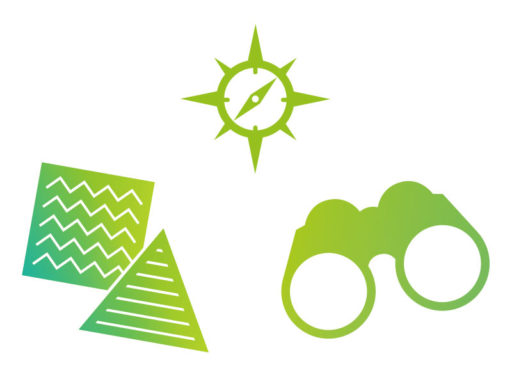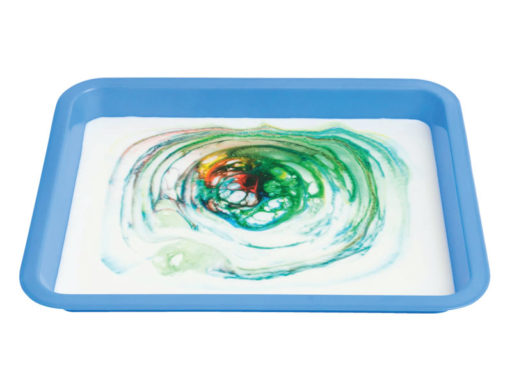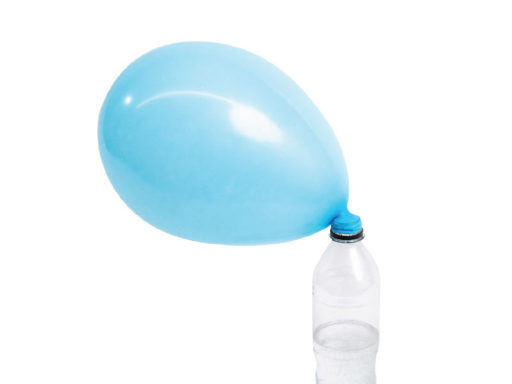Geometry is the study of shapes and their properties. This activity makes use of geometry in observing the shapes and angles soap bubbles create when they join together.
Printable downloads
Follow these steps…
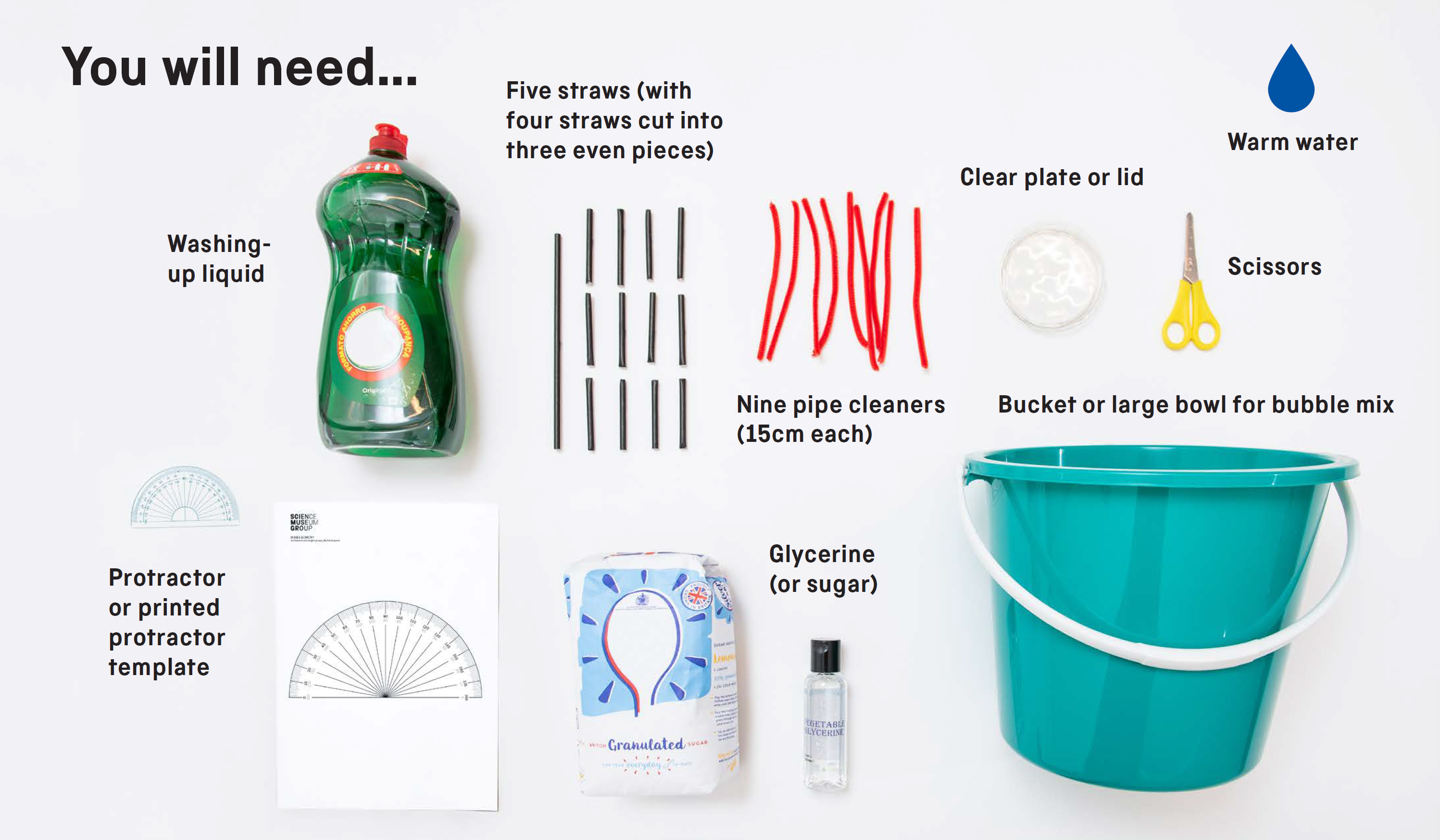
-
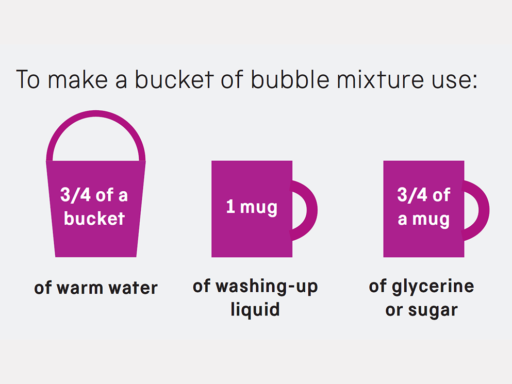 Add the glycerine and the washing-up liquid to the warm water and stir the mixture slowly for a minute or two – this is to help the glycerine dissolve.
Add the glycerine and the washing-up liquid to the warm water and stir the mixture slowly for a minute or two – this is to help the glycerine dissolve. -
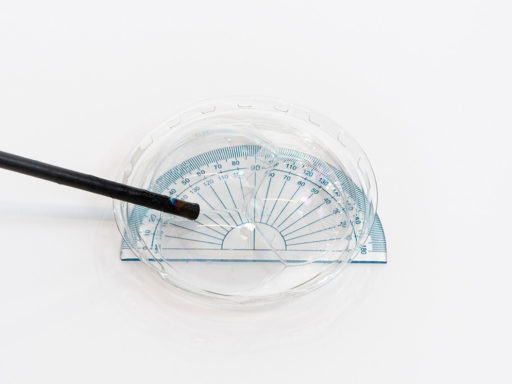 Slide the protractor underneath the lid, and lightly coat the surface of the lid with bubble mix. Dip the straw into the bubble mixture, and slowly blow bubbles, one by one.
Slide the protractor underneath the lid, and lightly coat the surface of the lid with bubble mix. Dip the straw into the bubble mixture, and slowly blow bubbles, one by one. -
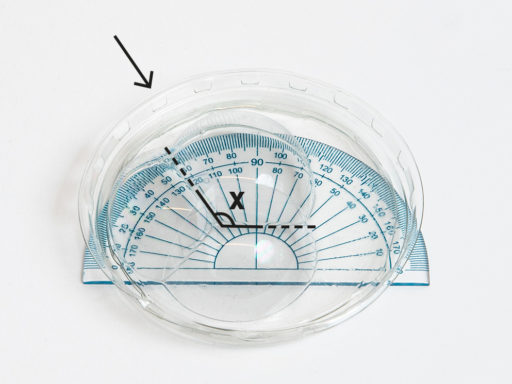 Carefully move the lid over the protractor so you can measure the angles where the bubbles connect.
Carefully move the lid over the protractor so you can measure the angles where the bubbles connect. -
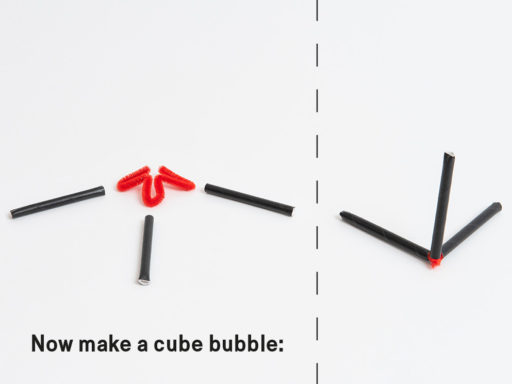 To make a cubic frame, fold a pipe cleaner to give it three loops. Put one piece of straw on each loop. This is one corner of the cube.
To make a cubic frame, fold a pipe cleaner to give it three loops. Put one piece of straw on each loop. This is one corner of the cube. -
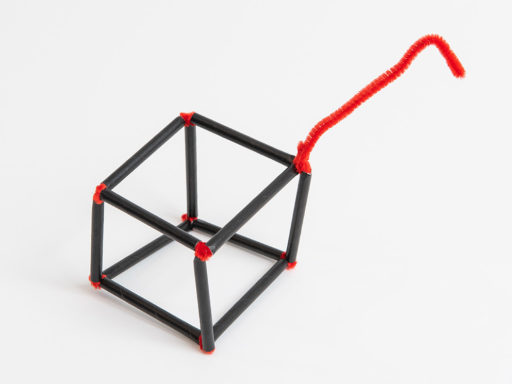 Make seven more pipe cleaner corner pieces, and attach more straw pieces to complete the cube. Attach the handle.
Make seven more pipe cleaner corner pieces, and attach more straw pieces to complete the cube. Attach the handle. -
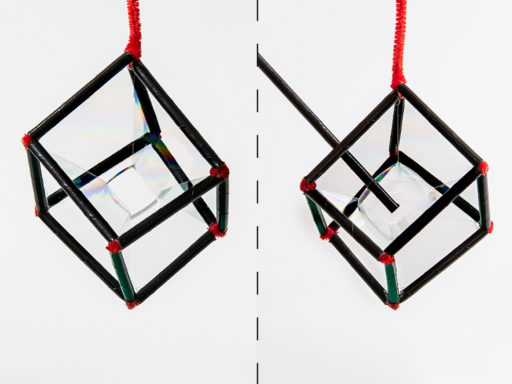 Dip the frame fully into the solution. Gently pull it out and blow a bubble in the middle with a straw.
Dip the frame fully into the solution. Gently pull it out and blow a bubble in the middle with a straw.
Think and talk about…
Why do you think a free-floating bubble is always spherical?
How do the bubbles change when they are in the air, on a surface and connected to other bubbles?
Where have you seen patterns in your daily life?
Investigate…
At what angle do the soap films meet? (Hint: it’s always the same.)
Can you make a frame of a different three-dimensional shape, such as a tetrahedron (triangular-based pyramid)? What happens when you blow a bubble in the middle?
Can you blow a bubble inside another bubble?
Did you know?
Even in the foam of tiny bubbles in washing-up water or on shampooed hair, soap films always meet at 120 degrees.
What’s the maths?
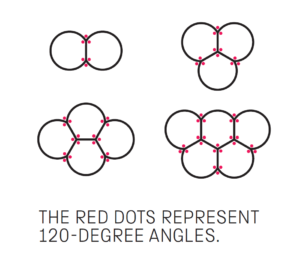 A soap bubble is simply a very thin sheet of soapy water called a soap film surrounding a volume of air. A force called surface tension pulls the soap film tight, so that it always has the minimum surface area possible. That is why a free-floating bubble always forms a sphere.
A soap bubble is simply a very thin sheet of soapy water called a soap film surrounding a volume of air. A force called surface tension pulls the soap film tight, so that it always has the minimum surface area possible. That is why a free-floating bubble always forms a sphere.
If two bubbles of the same size join, the surface between them will be perfectly flat. But if they are different sizes, that surface will bulge into the larger bubble, because the air pressure is greater inside the smaller bubble. Whenever two or more bubbles meet, the angle between the soap films will always be exactly 120 degrees.
Maths in your world
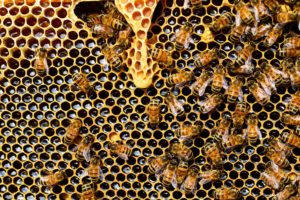 The way bubbles connect is the same as how bees build honeycomb. In each case, the angle at which the lines meet is always 120 degrees. The resulting hexagon pattern is the most efficient way for the honeycomb to connect using the smallest surface area for the volume of the individual cells. This means the bees don’t make more wax than is necessary.
The way bubbles connect is the same as how bees build honeycomb. In each case, the angle at which the lines meet is always 120 degrees. The resulting hexagon pattern is the most efficient way for the honeycomb to connect using the smallest surface area for the volume of the individual cells. This means the bees don’t make more wax than is necessary.
